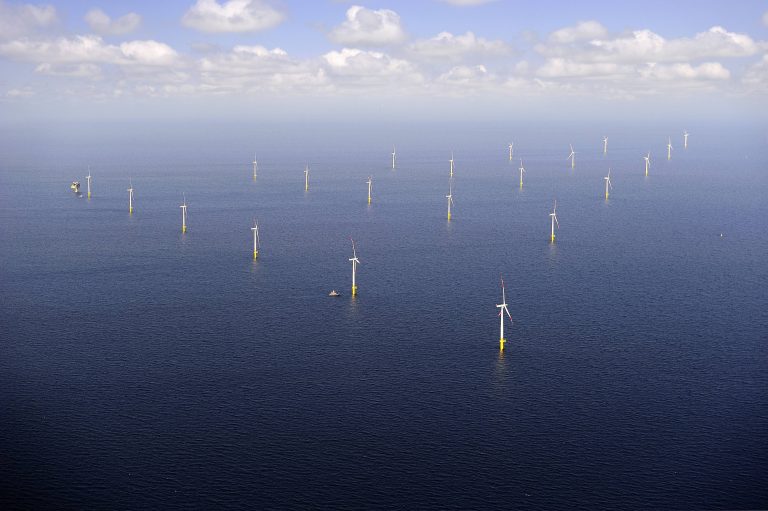In this joint European project, IKEM has developed a concept for an offshore power grid in the Baltic Sea.

The Interreg project Baltic InteGrid (Integrated Baltic Offshore Wind Electricity Grid Development) examined the possibility of a meshed offshore grid in the Baltic Sea region. With the increasing development of wind turbines in the Baltic Sea, there is a need for additional infrastructure to transport the generated electricity. Baltic InteGrid elaborated on the optimal design of such an offshore power grid and the potential benefits of interconnecting the power grids of the Baltic Sea countries.
Six research packages addressed the challenges and solutions around a meshed offshore grid. These included policy and regulation, market and supply chains, and technology and grid design. The project connected stakeholders, policy makers, national authorities, and researchers through debates and knowledge exchange.
The concept for an offshore grid in the Baltic Sea region developed in the project and a concrete project vision for the next decades (Baltic Offshore Grid 2050) were presented and discussed with participants from science, politics and industry at the final conference in February 2019. Baltic InteGrid also gave rise to the stakeholder network Baltic Offshore Grid Forum for further cooperation in the field of offshore wind energy in the Baltic Sea region.
Pérez-Rúa, Juan-Andrés; Das, Kaushik; Cutululis, Nicolaos Antonio
15th IET international conference on AC and DC Power Transmission (5.-7.01.2019) 2019.
Wallasch, Anna-Kathrin; Borrmann, Rasmus; Künne, Tobias
2019.
Avdic, Dàmir Belltheus; Ståhl, Pierre
Final Report of the Baltic InteGrid project. 2019.
Bergaentzlé, Claire; Hoffrichter, Albert; Isojärvi, Pia; Marco, Federico; Martin, Bénédicte; Olsen, Birgitte Egelund; Pade, Lise-Lotte; Veinla, Hannes
Baltic InteGrid. 2019.
Hoffrichter, Albert; Beckers, Thorsten
2019.
anika.nicolaas-ponder@ikem.de
+49 (0)30 408 1870-15
Baltic InteGrid: Integrated Baltic Offshore Wind Electricity Grid Development
Principal: Europäische Union
Funding programme: Interreg Baltic Sea Region
Project partner: Aalto University, Aarhus University, Coastal Research and Planning Institute, Deutsche WindGuard, Energy Agency for Southeast Sweden , Foundation for Sustainable Energy, Insitut für Klimaschutz, Energie und Mobilität , Latvian Association of Local and Regional Governments, Lund University, Maritime Institute in Gdansk, Rostock Business and Technology Development, Stiftung Offshore-Windenergie, Technical University of Denmark, University of Tartu
Duration: 01/2016–06/2019
© Institute for Climate Protection, Energy and Mobility – Law, Economics and Policy e.V.